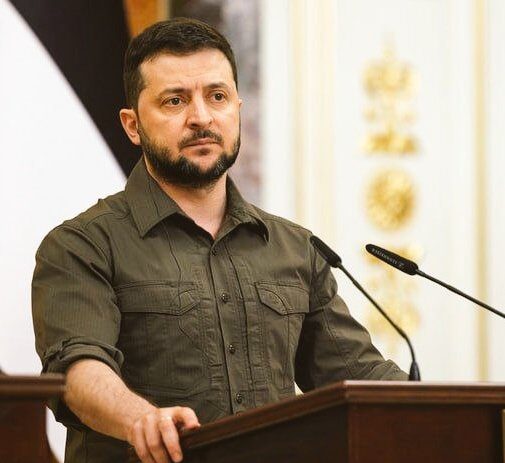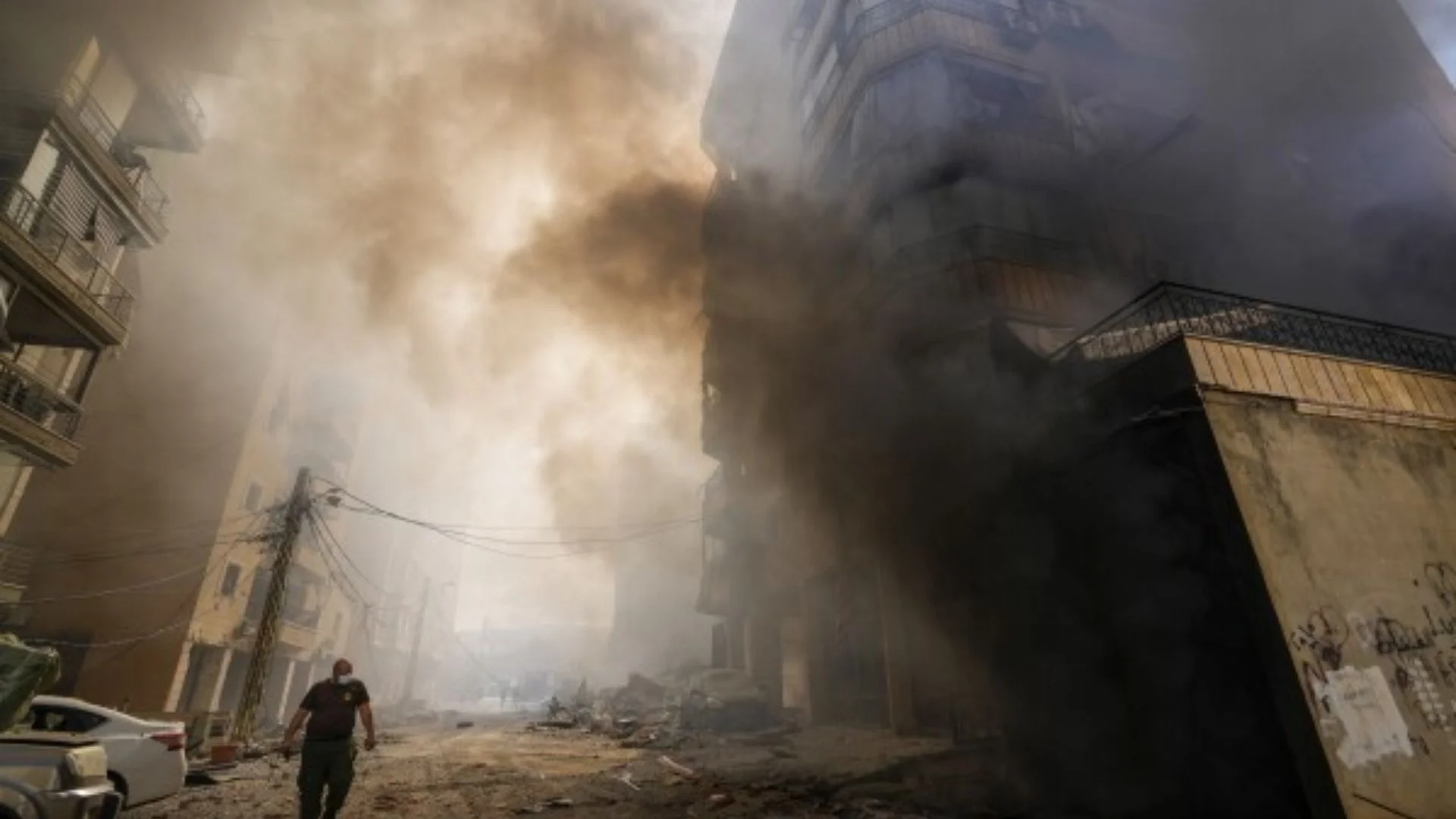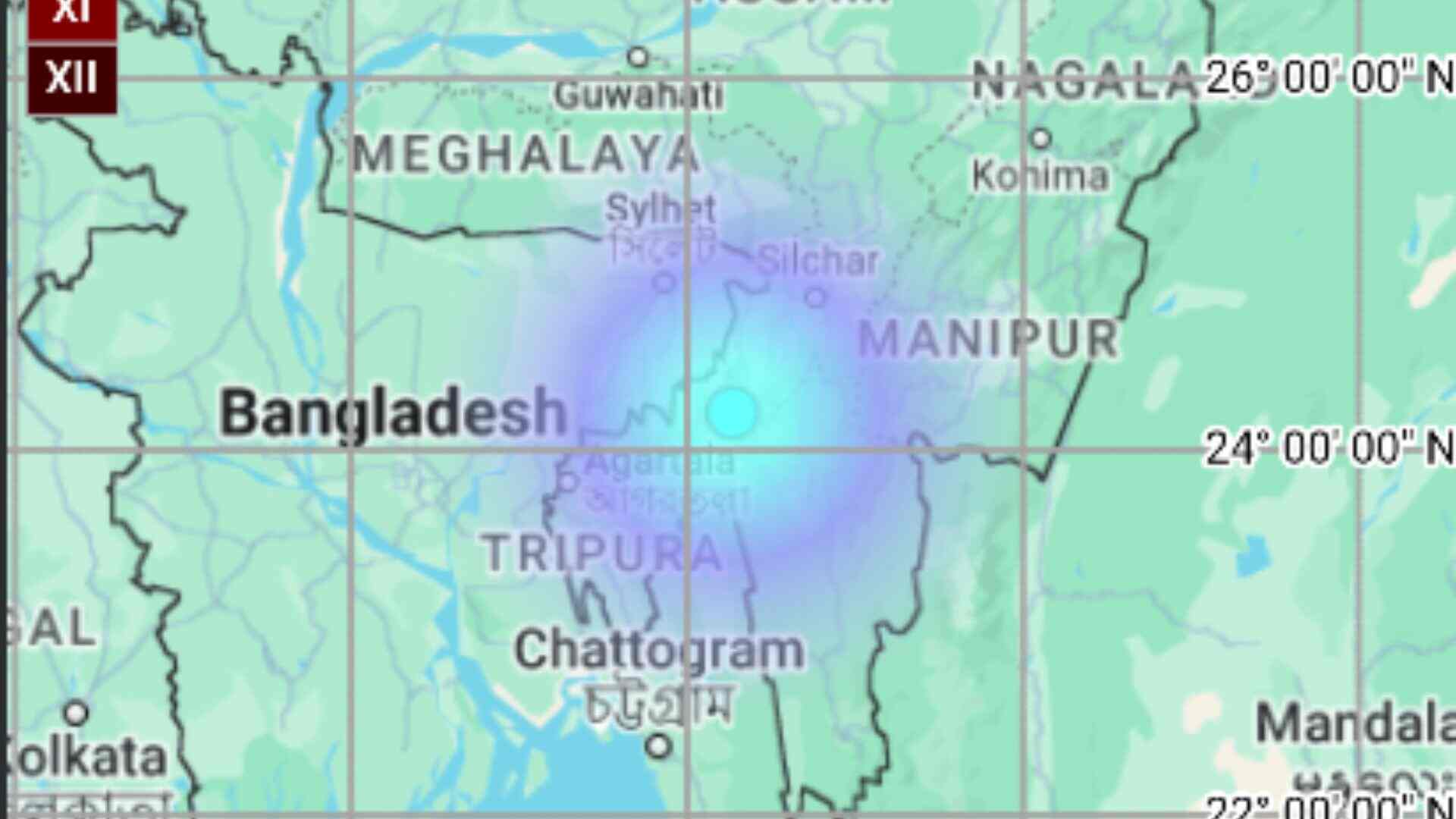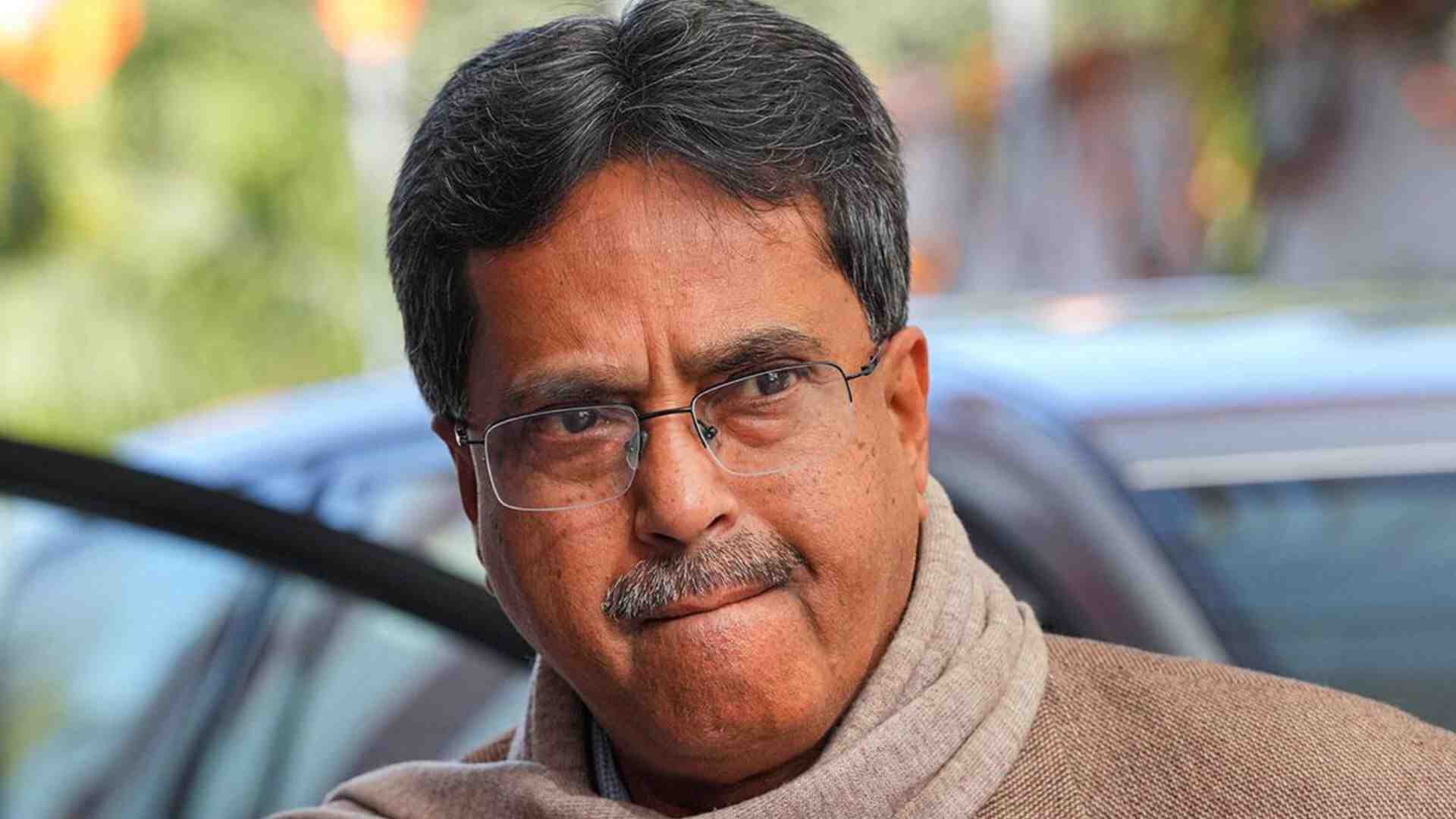
A Nova Kakhovka dam and hydro-electric power plant in Russian-occupied southern Ukraine suffered a collapse early Tuesday, prompting mass evacuations and fears for large-scale devastation as Ukraine accused Moscow’s forces of committing an act of “ecocide”, CNN reported.
CNN Digital is the world leader in online news and information and seeks to inform, engage and empower the world. Residents downstream from the Nova Kakhovka dam on the Dnipro River in Kherson were told to “do everything you can to save your life,” according to the head of Ukraine’s Kherson region military administration.
The critical Nova Kakhovka dam is the largest reservoir in Ukraine in terms of volume. It’s the last of the cascade of six Soviet-era dams on the Dnipro River, a major waterway running through southeastern Ukraine. There are multiple towns and cities downstream, including Kherson, a city of some 300,000 people before Moscow’s invasion of its neighbour, CNN reported.
The satellite images show the road bridge that ran across the dam was intact on May 28. However, imagery from June 5 shows a section of the same bridge missing. Analysis suggests the loss of the bridge section took place between June 1 and 2.
Both Ukrainian and Russian officials said the dam collapsed in an explosion and are blaming each other for it. The incident happened as Ukraine was gearing up for a widely anticipated counter-offensive, CNN reported.
The Ukrainian military intelligence said an explosion occurred at 2:50 AM local time on Tuesday, when “Russian terrorists carried out an internal explosion of the structures of the Kakhovka hydro-electric power plant.”
Meanwhile, the Russian-installed mayor of Nova Kakhovka, Vladimir Leontiev, initially denied the dam had collapsed in an interview with Russian state media RIA Novosti, calling it “nonsense.” He later confirmed the destruction of parts of the dam in what he called “a serious terrorist act” but said there was “no need to evacuate.”
The Kremlin on Tuesday rejected the accusations. In his regular call with journalists, Kremlin spokesperson Dmitry Peskov claimed the attack was “planned and carried out by order received from Kyiv, from the Kyiv regime,” aiming to “deprive Crimea of water.”
United Nations Secretary-General Antonio Guterres believed it was clear that the dam destruction in the Kherson region is “another devastating consequence of the Russian invasion of Ukraine,” but added that the UN doesn’t have access to information to independently verify the cause, CNN reported.
The dam holds back around 18 cubic kilometres of water in the Kakhovka Reservoir.
Mykhailo Podolyak, a senior Ukrainian official, said the water level in the reservoir was falling “rapidly, about 15 centimetres per hour.
The damage appears to be vast and the potentially devastating impact – both upstream and downstream – is worrying. Multiple towns and cities downstream from the dam are at risk of severe flooding and Podolyak had previously urged citizens to “collect your documents and most needed belongings” and wait for evacuation buses. ”
I ask you to do everything you can to save your life. Leave the dangerous areas immediately,” he added.
President Zelenskyy described the bursting of the Kakhovka dam as “an environmental bomb of mass destruction” and said only liberating the entire country could guarantee against new “terrorist” acts.
“Such deliberate destruction by the Russian occupiers and other structures of the hydroelectric power station is an environmental bomb of mass destruction,” Zelenskyy said in his nightly video address.
Zelenskyy said on Telegram that there were “about 80 settlements in the flood zone” and that he has ordered evacuations. The cities include Kherson, a city that was home to some 300,000 people before Moscow’s invasion.
Around 16,000 people on the west bank of the Kherson region are in a “critical zone,” Oleksandr Prokudin, the Ukraine-appointed head of the Kherson region military administration, said.
More than one thousand people have been evacuated from the southern Ukrainian city of Kherson and Kyiv-held parts of the wider region, according to Prokudin.
He added that about 1,335 houses on the west bank of the Dnipro River, which is located near the dam, “appear to be underwater.”
He also said he understood that the settlements of Korsunka and Dnipriany on the Russian-occupied east bank of the Dnipro River were “fully flooded,” while others are partially flooded.
Ukraine’s Energy Ministry said in a statement earlier Tuesday that almost 12,000 people in the Kherson region had lost power due to the flooding and that “there may be problems with water supply.”
Meanwhile, Andrey Alekseenko, a Russian-installed Kherson official, played down the threat saying the situation along the banks of Dnipro was “under control.”
“There is no threat to people’s lives,” Alekseenko said, adding that Ministry of Emergency Situation staff are in control of water levels in the river.
“If necessary, we are ready to evacuate the residents of embankment villages, buses are prepared,” Alekseenko added.
The damage is also affecting the area north of the reservoir, where the water levels are falling.
The Zaporizhzhia nuclear power plant, which is under Russian control, lies upstream from the destroyed dam. The reservoir supplies cooling water to the plant, Europe’s largest nuclear power station, and is crucial for its safety.
The International Atomic Energy Agency said there was “no immediate nuclear safety risk” at the plant, adding that the agency’s experts on site were “closely monitoring the situation.” It said the main line of cooling water is fed from the reservoir and pumped up through channels. It said it is estimated that the water through this route “should last for a few days.”
Ukraine’s nuclear agency Energoatom said that while water from the reservoir is needed for the “replenishment for turbine condensers and safety systems” of the plant, the cooling pond is “full” and as of 8:00 a.m. local time “the water level is 16.6 meters, which is sufficient for the plant’s needs.”
The area around the dam has been one of the most heavily contested since Russia launched its full-scale invasion of Ukraine in February 2022.
Kherson, which sits on the right bank of the Dnipro River, was liberated by the Ukrainian military in November after eight months of Russian occupation.
Russian forces, however, still control much of the left bank of the river south of the Kakhovka dam. The front line now runs alongside the river and through the reservoir, and the area has been under heavy fire for months.
Both sides have accused each other of planning to breach the dam. At the time of the Kherson liberation, the dam did suffer some damage, although it was unclear what caused the damage. Satellite images from Maxar showed water flowing out of three sluice gates at the dam.














